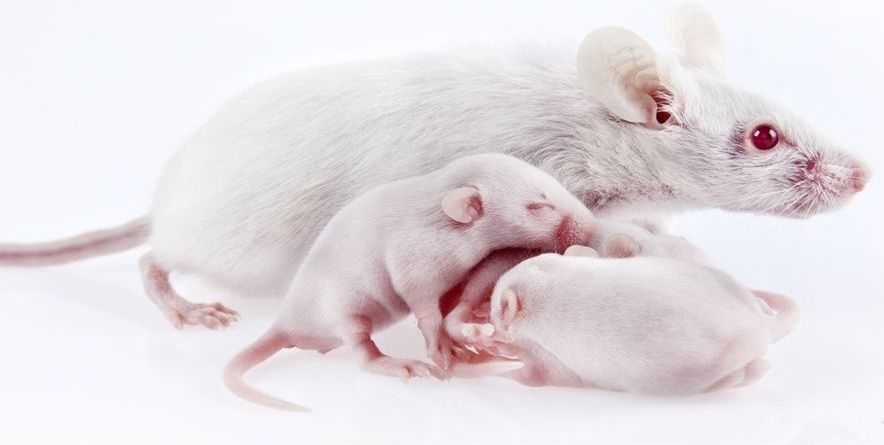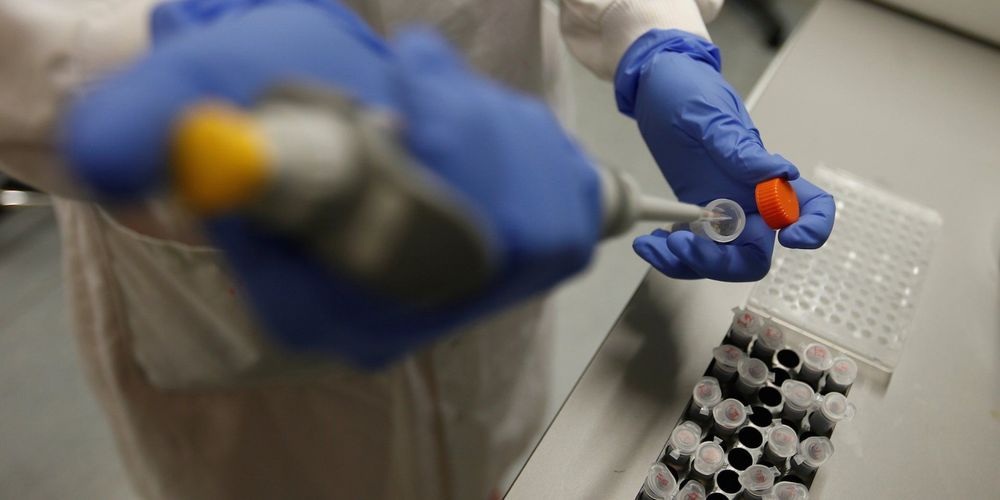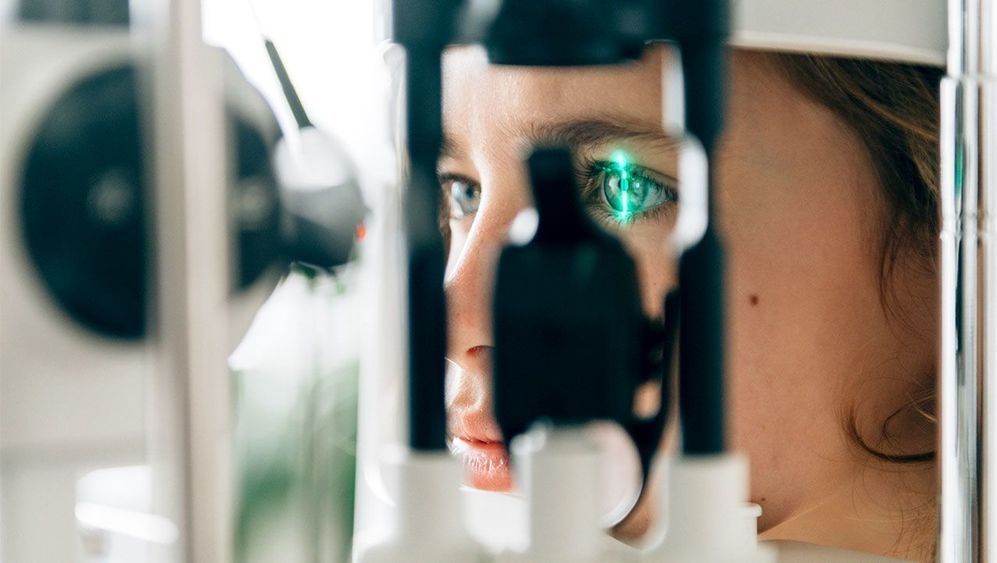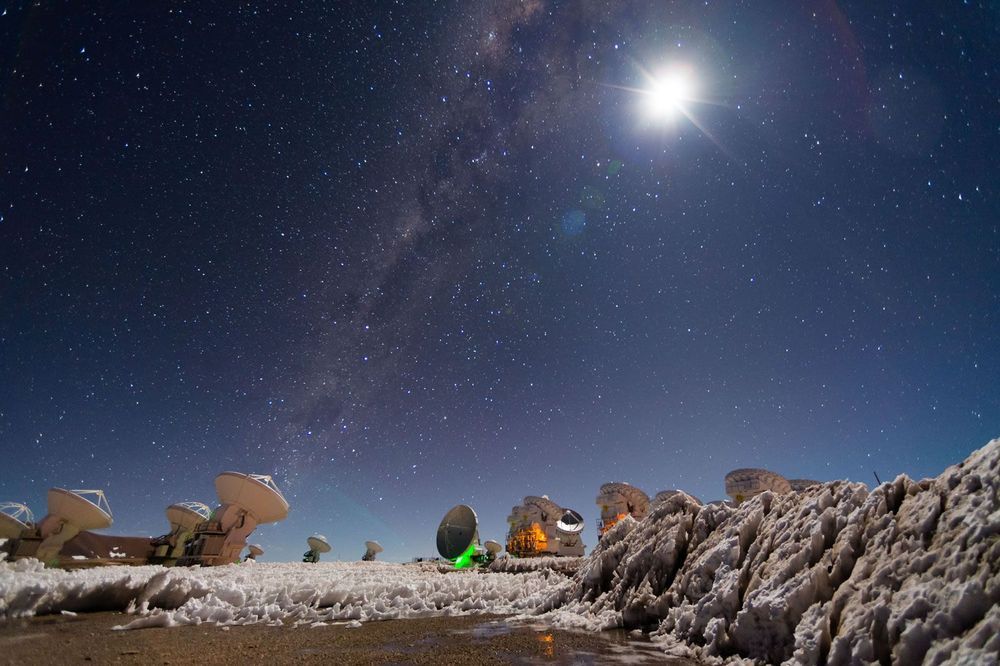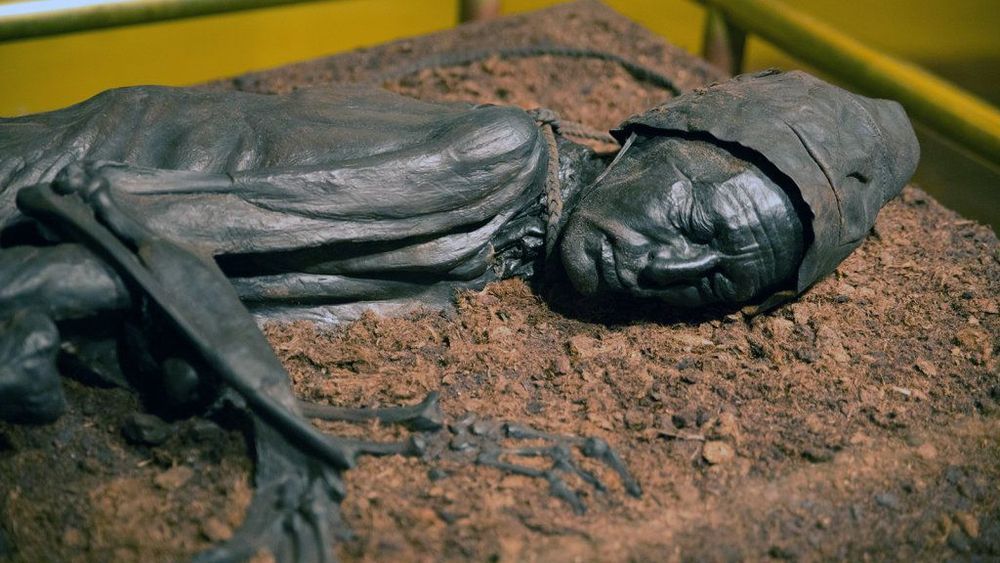Page 9485
Jan 23, 2019
$225 billion drug giant Novartis is taking a fresh approach to cancer treatment, and it could help prepare it for a ‘doomsday scenario’
Posted by Genevieve Klien in categories: biotech/medical, existential risks
Pharma giant Novartis is developing drugs that could prevent cancer before patients get it. One big question: how will we pay for them?
Taking a page from film noir spycraft, a team of researchers found a way to photograph an object while pointing a camera in the opposite direction.
Jan 23, 2019
Cancer-slaying virus may fight childhood eye tumor
Posted by Genevieve Klien in category: biotech/medical
Jan 23, 2019
What’s inside nothing? This laser will rip it up to find out
Posted by Genevieve Klien in category: particle physics
Far from being empty, the vacuum of space could be brimming with mysterious virtual particles. We now have a machine powerful enough to tear it apart and see.
By Jon Cartwright
IMAGINE a place far from here, deep in the emptiness of space. This point is light years from Earth, vastly distant from any nebula, star or lonely atom. We have many words for what you would find in such a place: a void, a vacuum, a lacuna. In fact, this nothingness is a sea of activity.
Continue reading “What’s inside nothing? This laser will rip it up to find out” »
Jan 23, 2019
New information surfaces on black hole at the center of our galaxy
Posted by Genevieve Klien in category: cosmology
Astronomers have announced that they have gathered new data on the black hole that lies at the center of our galaxy. The new information was gleaned when the scientists added the ALMA telescope into the array of telescopes being used to study the black hole. The discovery has found that the emissions from the supermassive black hole, called Sagittarius A (Sgr A), comes from a smaller region than previously believed.
Jan 23, 2019
Peat Bogs Are Freakishly Good at Preserving Human Remains
Posted by Genevieve Klien in category: futurism
What makes these spongy, waterlogged areas of decaying plant matter so perfect at preservation? In a word: science.
Jan 23, 2019
‘Great Wave’ depicted in Hokusai’s masterpiece recreated by scientists
Posted by Genevieve Klien in category: innovation
For nearly 200 years, Katsushika Hokusai’s iconic woodblock print The Great Wave off Kanagawa has inspired wonder partly because the event it depicts, a towering freak wave, has defied scientific explanation.
Now, a team at Oxford and Edinburgh universities claim to have laid the mystery to rest by successfully creating one for themselves — and it looks remarkably similar.
The achievement is being hailed as a significant breakthrough because, so far, meteorologists and sailors have had no means of predicting the likelihood of violent waves that are unexpectedly large compared to their surroundings.
Continue reading “‘Great Wave’ depicted in Hokusai’s masterpiece recreated by scientists” »
Jan 23, 2019
It’s the End of the Gene As We Know It
Posted by Josef Koch in categories: biotech/medical, genetics
We’ve all seen the stark headlines: “Being Rich and Successful Is in Your DNA” (Guardian, July 12); “A New Genetic Test Could Help Determine Children’s Success” (Newsweek, July 10); “Our Fortunetelling Genes” make us (Wall Street Journal, Nov. 16); and so on.
The problem is, many of these headlines are not discussing real genes at all, but a crude statistical model of them, involving dozens of unlikely assumptions. Now, slowly but surely, that whole conceptual model of the gene is being challenged.
We have reached peak gene, and passed it.
Jan 23, 2019
From fruit flies to Boy Scouts: A brief history of science in space
Posted by Klaus Baldauf in categories: science, space
The formal handover of the Chinese payload to NanoRacks at the Space Life Sciences Lab in Cape Canaveral, Florida. Photo credit: NanoRacks.
Small effort, big gains
Clearly, a lot of progress has been made toward making the space lab more analogous to the Earth lab in the past few years, and NanoRacks has played no small part in those improvements. Despite the challenges that still remain for microgravity research, some truly significant work has been accomplished. With just a little more investment, Carruthers believes, much larger gains can be made.
Continue reading “From fruit flies to Boy Scouts: A brief history of science in space” »
